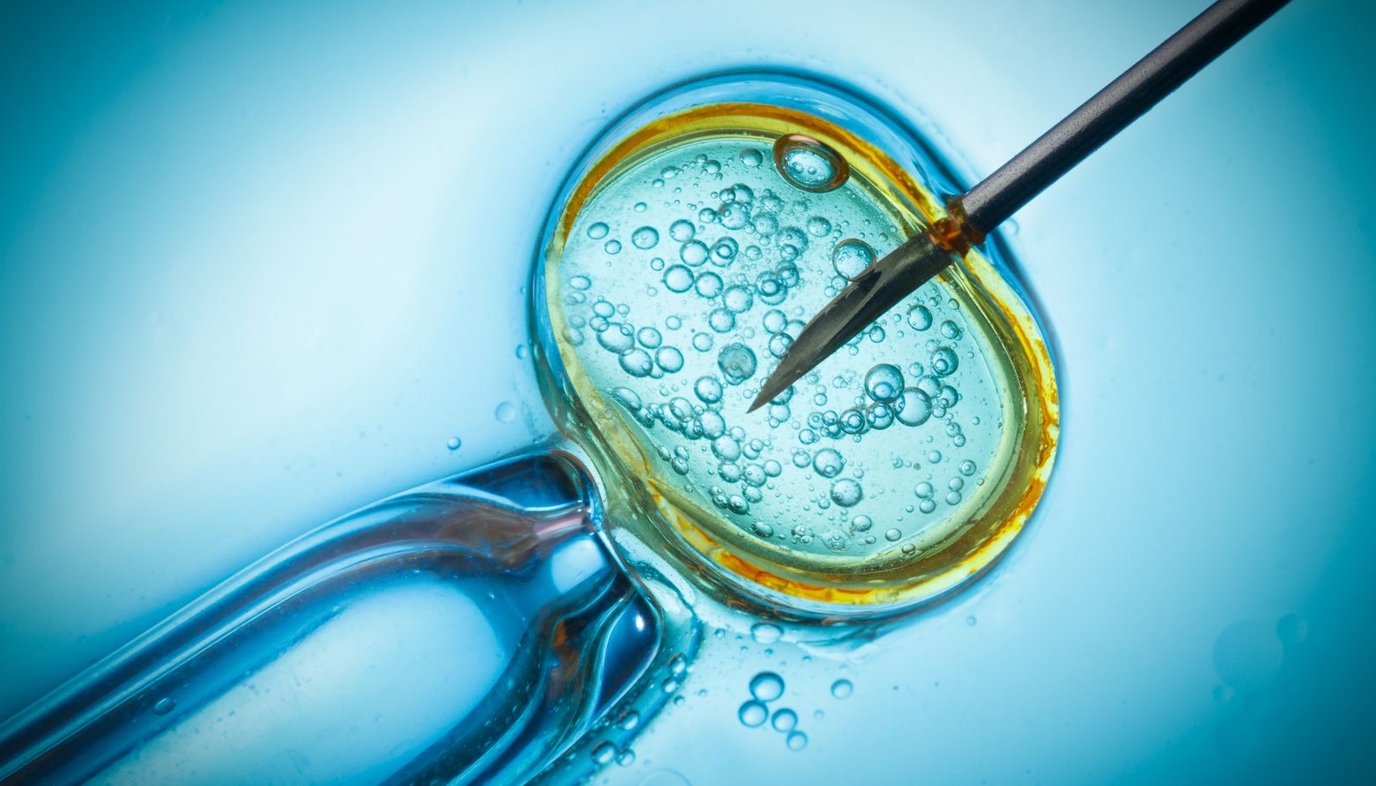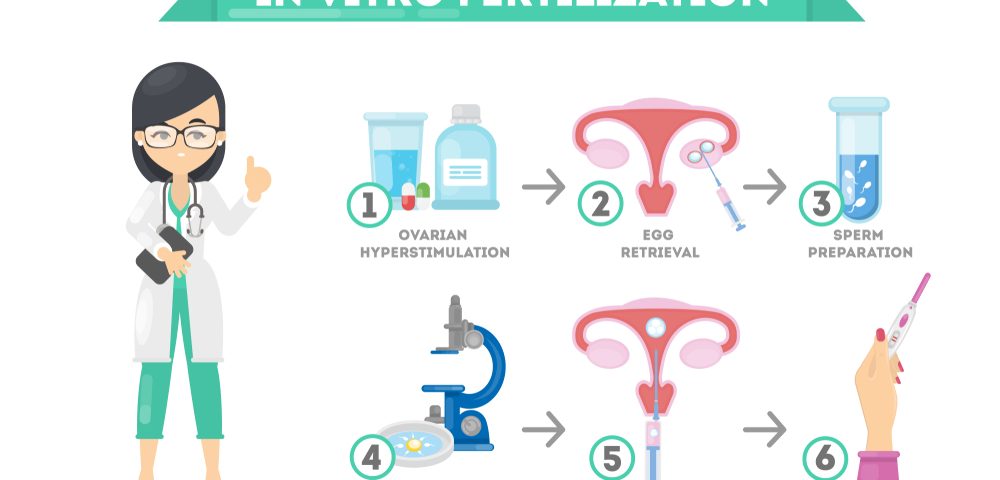Understanding IVF Pricing: What You Need to Know Before Starting Your Journey
April 7, 2025IVF Test Tube: Everything You Didn’t Know About Creating Life in a Lab
Imagine a world where tiny miracles start in a glass dish instead of the human body. That’s the magic of IVF, or in vitro fertilization, and its famous “test tube” process. If you’ve ever wondered how it works, why people choose it, or what secrets it holds, you’re in the right place. This isn’t just another science lesson—it’s a deep dive into the hopes, struggles, and surprising details of IVF that most people don’t talk about. From the lab to the lives it changes, we’ll uncover it all with fresh insights, practical tips, and the latest research. Ready? Let’s get started.
What Is IVF Test Tube, Anyway?
IVF stands for in vitro fertilization, which means “fertilization in glass.” That’s where the “test tube baby” nickname comes from—though it’s not really a test tube but a petri dish. Here’s the simple version: doctors take an egg from a woman, mix it with sperm in a lab, and if everything goes well, an embryo forms. That embryo is then placed back into the womb to grow into a baby.
But it’s not just a quick science trick. It’s a journey that blends cutting-edge technology with raw human emotion. Did you know the first IVF baby, Louise Brown, was born in 1978? Since then, millions of families have welcomed kids this way. Still, there’s so much more to it than the basics—things even fans of science shows might not know.
Why It’s More Than Just Science
For many, IVF isn’t just about making a baby—it’s about chasing a dream. Couples who struggle with infertility often see it as their last hope. Others, like single parents or same-sex couples, use it to build families in ways that weren’t possible decades ago. And here’s a fun fact: some people even pick IVF to choose their baby’s gender or avoid passing down genetic diseases. It’s like a superpower for planning your family!

The IVF Test Tube Process: Step-by-Step
Let’s break down how this works. It’s not as mysterious as it sounds, but there are some wild details most articles skip over. Here’s the full scoop, explained like a recipe for your favorite dish.
Step 1: Boosting the Eggs
First, a woman gets hormone shots to make her ovaries produce more eggs than usual. Normally, you release one egg a month—IVF cranks that up to 10 or more! It’s like telling your body, “Hey, let’s get busy.”
- What’s cool: Doctors use ultrasound to watch the eggs grow, like tiny popcorn kernels popping inside you.
- What’s tough: Those shots? They can make you feel bloated or moody—like PMS on steroids.
Step 2: Egg Retrieval
Once the eggs are ready, a doctor uses a thin needle to pull them out. You’re asleep for this, so no worries about feeling it. The eggs go straight to the lab.
- Fun fact: The needle goes through your vaginal wall to grab the eggs. Sounds intense, but it’s quick—about 20 minutes.
- Tip: Wear comfy clothes after. You’ll feel a little crampy.
Step 3: Sperm Meets Egg
In the lab, scientists mix the eggs with sperm. Sometimes they inject the sperm right into the egg (called ICSI) if the sperm needs a nudge. This is the “test tube” moment—except it’s a dish, not a tube.
- Surprise: Some labs play music to “relax” the embryos. No kidding—classical tunes for tiny cells!
- Science says: A 2023 study found that healthy sperm quality boosts success rates by 15%.
Step 4: Growing the Embryo
The fertilized eggs grow for 3-5 days. Doctors watch them under microscopes, picking the strongest ones. It’s like a talent show for embryos.
- Weird detail: Embryos can be graded like report cards—A, B, or C—based on how they look.
Step 5: Transfer Time
The best embryo goes back into the uterus using a thin tube. No surgery, just a quick procedure. Then, you wait two weeks to see if it sticks.
- Pro tip: Rest, but don’t stress. Studies show light activity is fine—no need to lie flat for days.
Who’s Using IVF Test Tube—and Why?
IVF isn’t just for one type of person. It’s a lifeline for all kinds of dreamers. Here’s who’s jumping in and what drives them.
Couples Fighting Infertility
About 1 in 8 couples struggle to conceive naturally. Blocked tubes, low sperm count, or unexplained issues can make IVF their go-to. For them, it’s less about “test tubes” and more about finally hearing “Mom” or “Dad.”
Single Moms and Dads
More singles are saying, “Why wait?” They use donor eggs or sperm with IVF to start families solo. It’s a bold move—and a growing trend. In 2024, single-parent IVF cases jumped by 20%, according to fertility clinics.
LGBTQ+ Families
Same-sex couples and trans individuals are big fans of IVF. Lesbian couples might use donor sperm, while gay men team up with egg donors and surrogates. It’s a way to make biology bend to love.
The “What If” Crowd
Some people freeze embryos young to use later—like a backup plan for their 30s or 40s. Others pick IVF to screen for genetic issues, dodging diseases like cystic fibrosis. It’s family planning with a sci-fi twist.

The Secret Struggles Nobody Talks About
IVF isn’t all shiny labs and happy endings. There’s a raw, human side that doesn’t always make the headlines. Let’s pull back the curtain.
The Emotional Rollercoaster
Picture this: You’re excited one day, crushed the next. Hormones mess with your mood, and every test feels like a cliffhanger. “Will it work this time?” one mom told me. “You’re afraid to hope, but you can’t stop.”
- Real talk: A 2023 survey found 60% of IVF patients felt “emotionally drained” during the process.
- Tip: Find a support group. Talking it out helps more than you’d think.
The Money Crunch
IVF isn’t cheap—$12,000 to $20,000 per try in the U.S. Insurance rarely covers it fully. Some couples sell cars or take loans. One dad said, “We skipped vacations for three years to afford it.”
- Hack: Look for clinics with payment plans or grants. The Fertility Foundation offers up to $10,000 for eligible families.
The Physical Toll
Those hormone shots? They can leave bruises or make you feel like you’re carrying a watermelon. Plus, egg retrieval might cause cramps or spotting. It’s not unbearable, but it’s no picnic.
- Science says: A 2024 study showed 1 in 5 women report moderate pain post-retrieval. Rest and hydration cut that down.
What Fans Want to Know: IVF’s Hidden Gems
IVF has quirks and surprises that even hardcore fans might miss. Here’s what’s buzzing behind the scenes.
Can You Pick Your Baby’s Traits?
Not quite—you can’t order blue eyes or a basketball star. But some clinics let you choose gender if you’re screening embryos for health reasons. It’s controversial, and not everyone’s on board.
- Fun fact: In 2023, 10% of U.S. IVF cycles included gender selection, up from 5% in 2018.
What Happens to Extra Embryos?
If you make more embryos than you need, you’ve got options: freeze them, donate them to research, or even give them to another family. Some freeze them for a decade—future siblings on ice!
- Tip: Decide early. It’s a big choice that sneaks up on you.
Does IVF Affect Your Hobbies?
Love running or yoga? You might need to chill during treatment. Heavy exercise can stress your ovaries when they’re in overdrive. But light walks? Totally fine.
- Expert quote: Dr. Jane Miller, a fertility specialist, says, “Balance is key. Don’t push your body too hard—it’s already working overtime.”
Latest Research: What’s New in IVF Test Tube?
Science isn’t standing still. Here’s what’s hot off the lab bench in 2025.
Better Embryo Selection
AI is changing the game. New tools analyze embryo images to predict which ones will thrive. A 2024 trial showed a 25% higher success rate with AI picks.
- Why it matters: Fewer failed transfers mean less heartbreak and cost.
Gentler Hormones
Researchers are testing lower-dose hormones that still get eggs but cut side effects. Early results from a 2025 study look promising—less bloating, more comfort.
- Pro tip: Ask your doctor about “mini-IVF” if you’re sensitive to meds.
Sperm Boosters
For guys, new supplements like CoQ10 are showing up in studies. A 2024 report found they improve sperm movement by 12%—a small edge that could tip the scales.
Practical Tips for Your IVF Journey
Ready to dive in? Here’s how to make it smoother, from start to finish.
Before You Start
- ✔️ Research clinics: Success rates vary—check the CDC’s fertility clinic data.
- ❌ Don’t rush: Talk to at least two doctors to find your fit.
- ✔️ Budget smart: Save extra for surprises like extra cycles or meds.
During Treatment
- ✔️ Track your shots: Use an app to stay on schedule.
- ❌ Skip caffeine: It might mess with your hormones.
- ✔️ Lean on friends: Tell someone you trust—you’ll need the cheer squad.
After Transfer
- ✔️ Rest light: Nap, but don’t bed-lock yourself.
- ❌ Don’t test early: Pregnancy tests before Day 14 can trick you.
- ✔️ Eat well: Protein and greens help your body recover.
